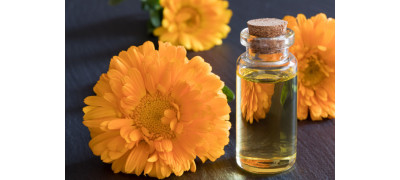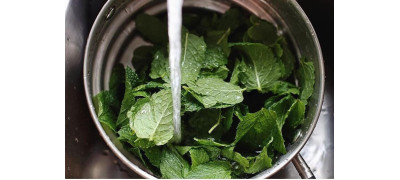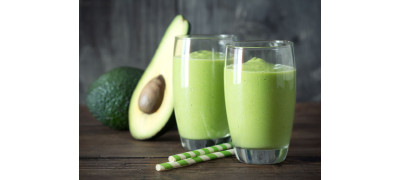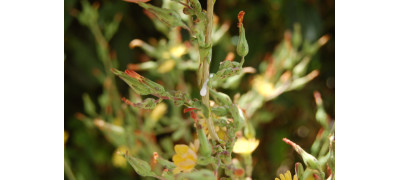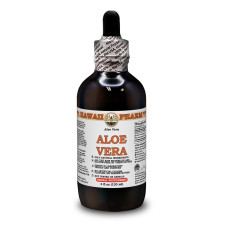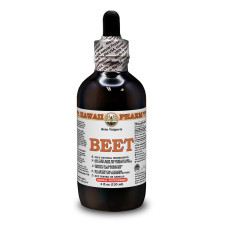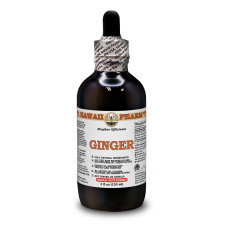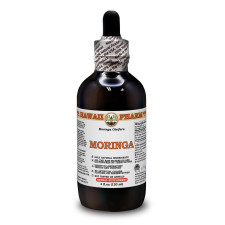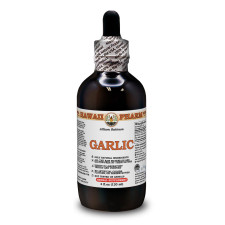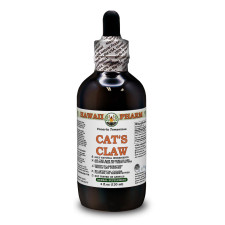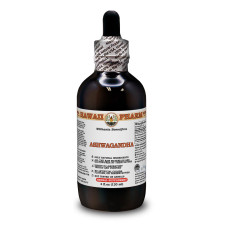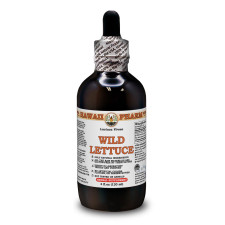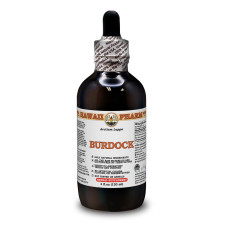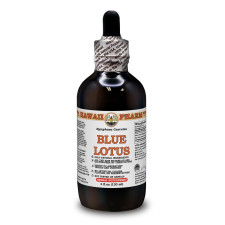- Home
- Alcohol Herbal Extracts
- Alcohol-FREE Herbal Extracts
- Veterinary Herbal Extracts
- Partnership
Partnership
We are open for cooperation with all interested persons or organizations. We have plenty of partners from all around the world and are looking for a long-term cooperation with new ones. At the present time we offer the following cooperation models:

WHOLESALER
We offer up to 30% discounts for wholesalers. The exact discount amount is dependent on your order amount, quantity and size of items. Minimum order amount is $300.

PRACTITIONER
Only for licensed practitioners! Create an account as practitioner and get special exclusive promotions. This kind of account is required manual approve.

AFFILIATE PROGRAM
Do you recommend us to your friends, family, colleagues and/or clients? If so: Thanks! We really appreciate it! Join our affiliate program. It’s by far the best way to monetize your Twitter or Facebook page, blog, or website.
- Blog
- Contact Us
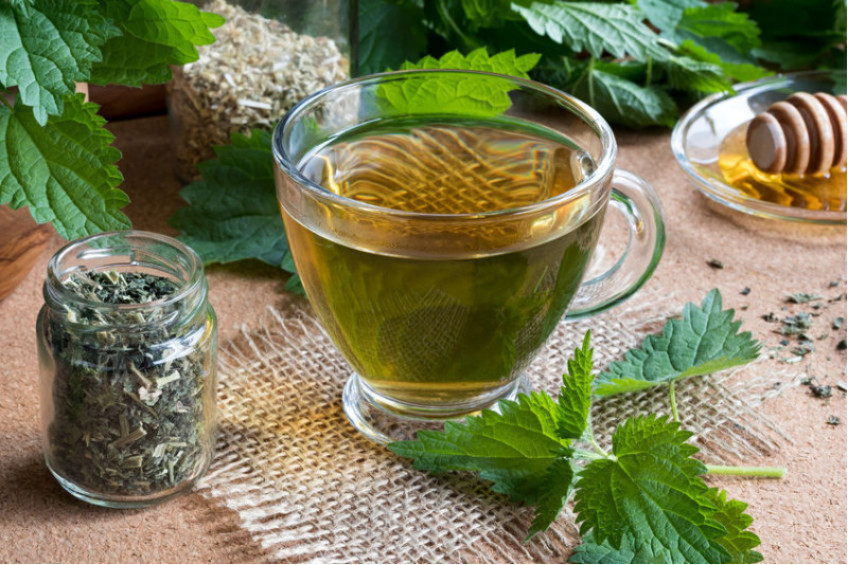
STINGING NETTLE
Stinging nettle, officially named Urtica dioica, is represented by a dioecious, herbaceous, perennial flower that belongs to the Urticaceae family. Generally it grows in Asia, Europe, North America and northern Africa. More often it can be found in the countryside. The plant is usually 1-2 m tall. It has widely-spread roots, usually hairy green leaves with serrated edges that are situated oppositely on a straight hairy green stem. The flowers are small and can be greenish or brownish.
Why Does the Nettle Sting?
There exist 6 subspecies of Urtica dioica, 5 of them possess stinging hairs on their stems and leaves. When people touch them the hairs perform hypodermic injections into their skin that contain such chemicals as histamine, serotonin, formic acid, moroidin, acetylcholine. This produces painful and itching sensation in the skin, probably that’s why stinging nettle is often referred to as burn nettle or burn weed. The pain usually passes in 10 or so minutes.
Useful Components
· Vitamins A, B2, C, K
· Flavonoids, amines, lignans
· Minerals: iron, calcium, magnesium, silicon, potassium
· Organic acids, tannins, lectins, polysaccharides
Interesting Stinging Nettle Facts
1. The stinging hairs of the nettle have probably developed as a protection against grazing animals.
2. For centuries stinging nettle fibers have been used for making clothes, sheets, tablecloths. They were also utilized for German Army uniforms during World War I.
3. In UK a World Nettle Eating Championship is held every year – actually, it’s a part of charity beer festival. The participants from all over the world are eager to join this event.
4. The Latin name for the nettle is ‘dioica’ that means ‘two houses’ because theplant produces both male and female flowers.
5. Nettles make part of many popular drinks such as beer, champagne and wine.
6. It is better to eat nettles only in spring because they become especially bitter around midsummer.
7. As soon as the nettle is dried, soaked or cooked it loses its stinging ability.
Methods of Use
· Food (part of many dishes)
· Tea
· Juice
· Dried leaves
· Capsules and tablets
· Cosmetics
· Tinctures and extracts.
If you want to eat very healthy food and spend little time on its preparation we are happy to give you an idea of a wonderful stinging nettle salad.
Stinging Nettle Salad
What you need:
· 300 g of young stinging nettle leaves
· 1 tbsp of mayonnaise
· 1 tbsp of lemon juice
· 1 tbsp of cream
· 1 tbsp of yoghurt
· Some onions or chives
· Some salt and sugar
Take fresh leaves of the stinging nettle and wash them. Then boil them shortly with hot water, dry them a little bit with a towel. After that make a dressing from cream, yoghurt, mayonnaise, sugar, salt, lemon juice and chives. Put the dressing on the nettle leaves and eat the salad immediately. Have a nice meal!
CALENDULA: QUEEN OF HERBS?
Calendula, or Calendula officinalis, is a perennial herbaceous plant that belongs to the Asteraceae family, it is also often referred to as a marigold...
MINT BOOM
Generally, mint is a strongly aromatic square-stemmed annual that can grow to 32 inches and produce serrated leaves which areharvested just before flowering. Various species grow naturally worldwide. ..
CONSTITUTINAL AVOCADO
Feel good about loving this super fruit with all your heart. Avocados are an excellent food, very complete, and we recommend their frequent consumption. 70% of the amino acids that this fruit is found..
WILD LETTUCE
This plant belongs to the family Asteraceae. It is a biennial herbaceous plant, can reach a height up to 150 cm. It has a smooth, bare, slightly bristly stem. The flowers are yellow in color, collecte..
Get exclusive deals you will not find anywhere else straight to your inbox!
Subscribe / UnsubscribeCookies policy
 We use cookies and similar technologies that are necessary to operate the website.
You can consent to our use of cookies by clicking "Accept..."
We use cookies and similar technologies that are necessary to operate the website.
You can consent to our use of cookies by clicking "Accept..."
Get exclusive deals you will not find anywhere else straight to your inbox!
Subscribe / UnsubscribeWe meticulously produce our extracts according to precise standards where each herb is extracted according to the distinct characteristic of each plant! Hawaii Pharm LLC offers the biggest choice of liquid herbal extracts in the World!

Hawaii Pharm LLC - Nature Heals. Highest Quality Herbal Products Since 2008.



